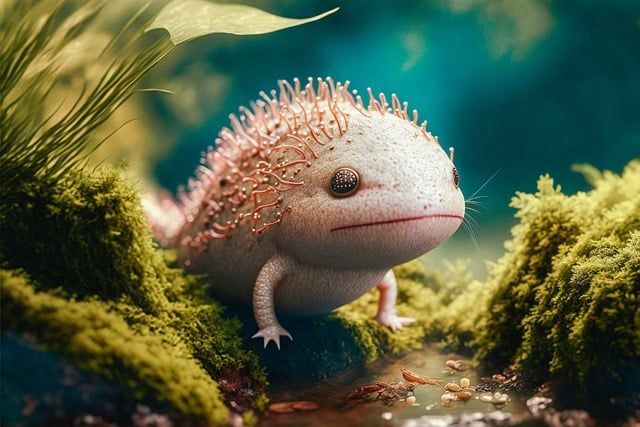Care for Axolotl: A Comprehensive Guide for Axolotl Owners
Discover the essential tips for caring for axolotls in this informative guide. Learn how to provide the right habitat, maintain water quality, and feed them a balanced diet. With proper care, your axolotl can thrive and become a beloved addition to your family.





